Unusual tanks of the USSR
We all know about serially produced tanks in the USSR: T-26, BT series tanks, the legendary T-34, EC-2 tanks, but few know that many tracked and wheeled armored vehicles were developed in the USSR for one reason or another did not go to the series. In this article we will look at some of them.
At the beginning of the 30 of the last century, tank building experienced rapid growth, the lessons of the First World War made us take a different look and appreciate the role of the tank on the battlefield, both as an independent combat unit and as part of a unit, forcing this type of terrible fighting vehicles to be reckoned with. The anti-bullet and further counter-shells, firepower and speed have influenced the military doctrines of all developed countries. The Soviet Union did not stand aside. Across the country in experimental design bureaus, under the guidance of talented engineers and designers, experimental samples were created, many of which remained on paper, in mock-ups and single copies, without being launched into mass production. But one way or another, they all influenced the design thought that went on. In each serial tank we will find a reflection of this thought.
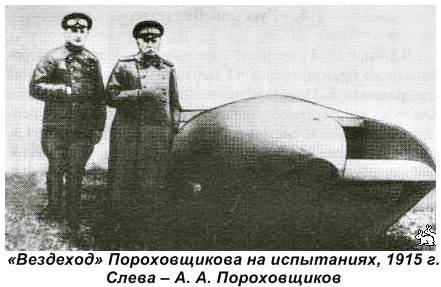
The beginning of tank building in Russia and the first Russian tank can be considered the brainchild of captain A. A. Porokhovshchikov. The drawings of this vehicle, named “All-Terrain Vehicle”, were approved by the highest military authorities and on January 13 1915, he was given permission to begin building a prototype. The design of the All-Terrain Vehicle was unusual; the welded body rested on one caterpillar made of rubberized fabric stretched across four drums. The streamlined body, multi-layered armor with a total thickness of 8 mm, made the machine invulnerable to machine-gun and rifle fire. The building, which began in February 1915 of the year, was completed in almost four months and on May 18 the car came to the test. Contrary to calculations, the combat and driving performance of the sample did not meet the expectations of A. A. Porokhovshchikov. The turning mechanism, the installation of weapons, the layout of the crew, required serious improvement. The only positive thing was speed, 40 versts per hour. As a result, Lieutenant General Kovalenko laid down a report with the following content: “... a built copy of the Rover did not show all those qualities that are due to report No. 8101, for example, could not walk on loose snow about 1 depth (30 cm), but no test of the water was done ... ”” It was decided to refuse further work.
After the Revolution in Soviet Russia, the young Red Army was in dire need of tanks and armored vehicles. Experience in creating domestic tanks was not yet, samples were bought abroad, six-ton Vickers (Vickers Mk.E) - later T-26, tank Christie (Christie M1930) - the future BT - 2, "Carden-Lloyd" and Experimental machines were built at their base. On the basis of a light infantry tank T-26 were created samples SU-5-1 from 76,2 mm regimental cannon sample 1902 / 30 years, Su-5-2 from 122 mm howitzer sample 1910 / 30 years SU-5-3 from 152 mm mortars of the sample 1931. On the basis of the Cardin-Loyd wedge, the T-27 was created, and the T-23 was developed, but the project remained on paper. The same work was done on the manufacture of amphibious tanks.
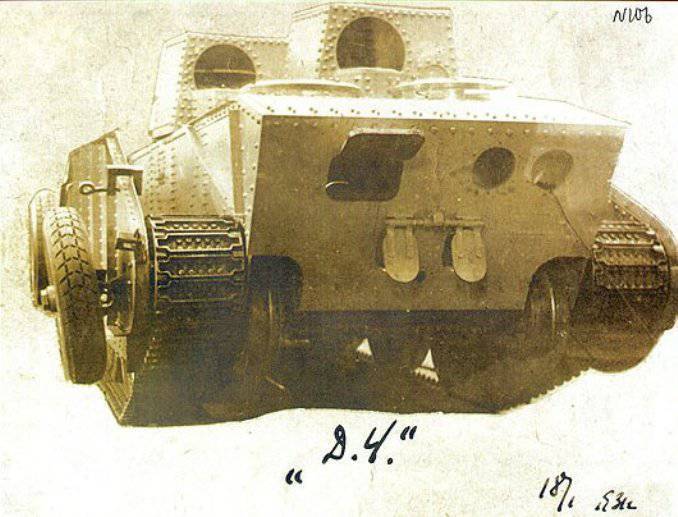
A talented self-taught designer N. Dyrenkov developed a wheeled-tracked tank “tank D”, DRS or better known as D-4. The first prototype was released in the 1931 year. The tank could move both on a track and on a wheel course. But due to the complexity and low reliability of the chassis, further work was discontinued. A new project, the D-5, was developed, but the 1 of December 1932, the Dyrenkov design bureau, was disbanded. TG tests were performed, sometimes called T-22, which is not true. Prototypes of multi-turret tanks T-100 and QMS were built, but according to the results of tests in the Winter War with the White Finns, their designs were considered unsuccessful and they refused from mass production of these machines.
In the harsh years of the Great Patriotic War, work on the improvement of the adopted and the invention of new tanks did not stop for a minute. On the basis of the GAZ-70 tank, adopted as the T-70, a prototype T-80 was built, armed with an 45 mm 20K automatic cannon, penetrating the 240 mm armor-piercing projectile BR-35 from a distance of 1000 meters and a DT machine gun. In the summer of 1942, a prototype of the flying tank A-40 or LT “flying tank” was released on the basis of the serial T-60. The tank was attached with a biplane box of wings with two-tail tail, which had a span of 18 meters and a total area of the wing 85.5 square. According to calculations, the tank was supposed to take off, towed by a heavy bomber TB-3PH. When landing, the tank was easily freed from the wings and could go into battle with the move. The first flight took place on September 2 1942, but the TB engines suddenly began to warm up and the tank had to be unhooked. A-40, planning, landed at the nearest airfield, which caused a considerable stir, was declared alarm alert. So actually ended story this unusual tank. The need for this kind of machines by the end of 1942, at the front was already low. In 1942, the engineers of Plant No. 100 developed and created a sample of the KV-12 flamethrower tank, the flamethrower was located in the front armor plate on the site of the dismantled machine gun. In general, the car on test showed good results, but the front needed serial KV-2 and KV-85. From the issue had to be abandoned.
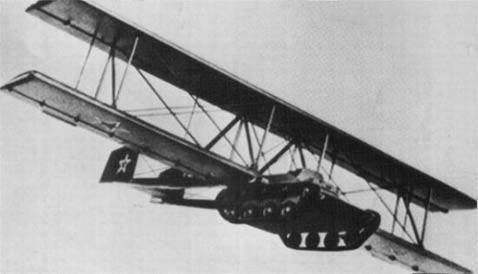
The war ended and died away with a victory salute, the Soviet tank passed all its tests with honor, cracked the enemy's defenses with a steel ram, or was a means of cementing its defensive positions. The parade march passed through the cities of liberated Europe and entered Berlin. But the development of tank building in the USSR went further. In 1959, a prototype was released on the 279 “four-track tank” four-track propulsor or better known as the “four-track tank”. The tank had a cast curvilinear hull and was covered with anti-cumulative screens. Successfully passed all the tests, but by order of the First Secretary of the Central Committee of the CPSU, N. S. Khrushchev, the project was closed.
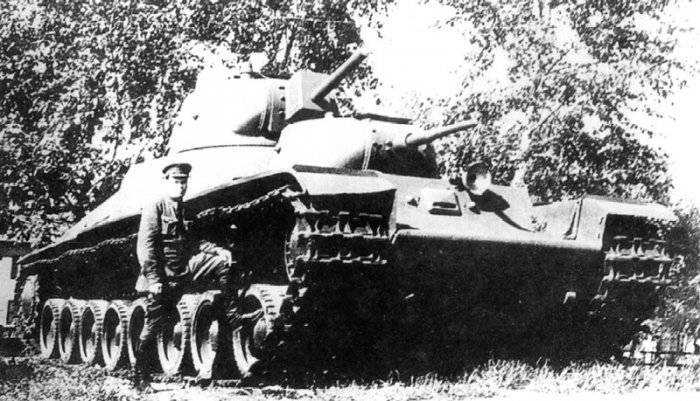
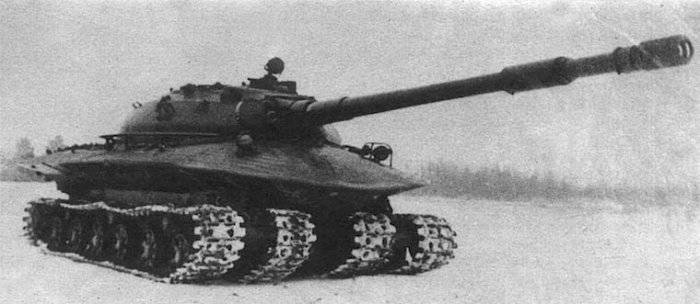
Information